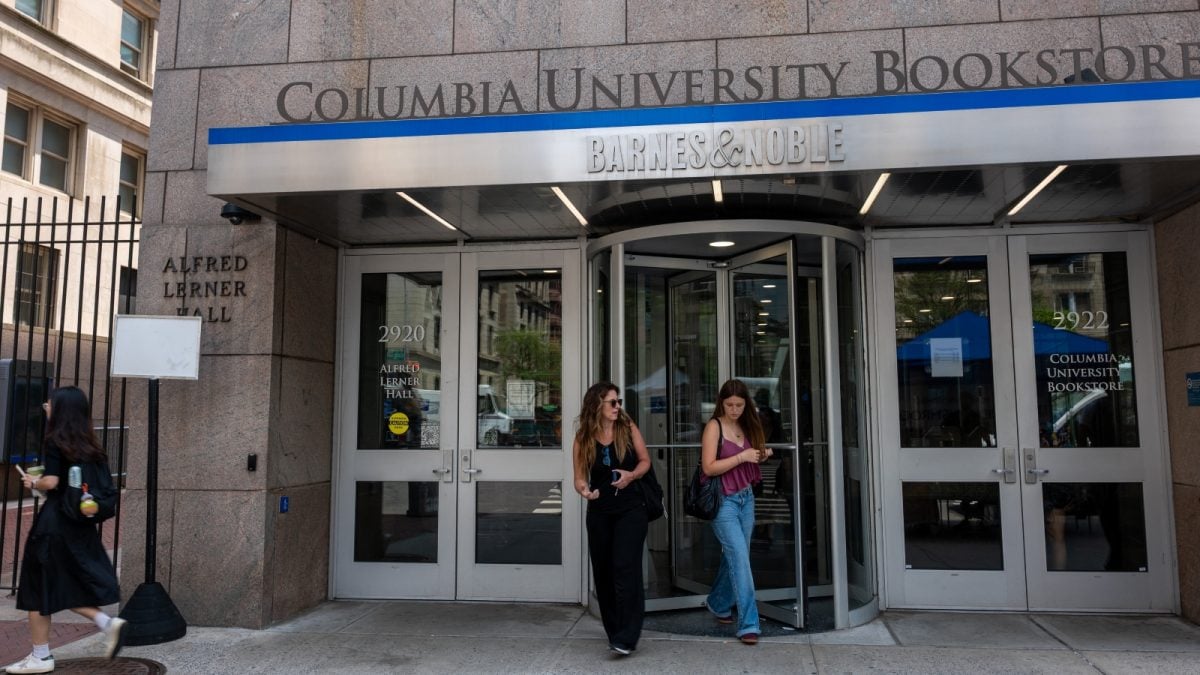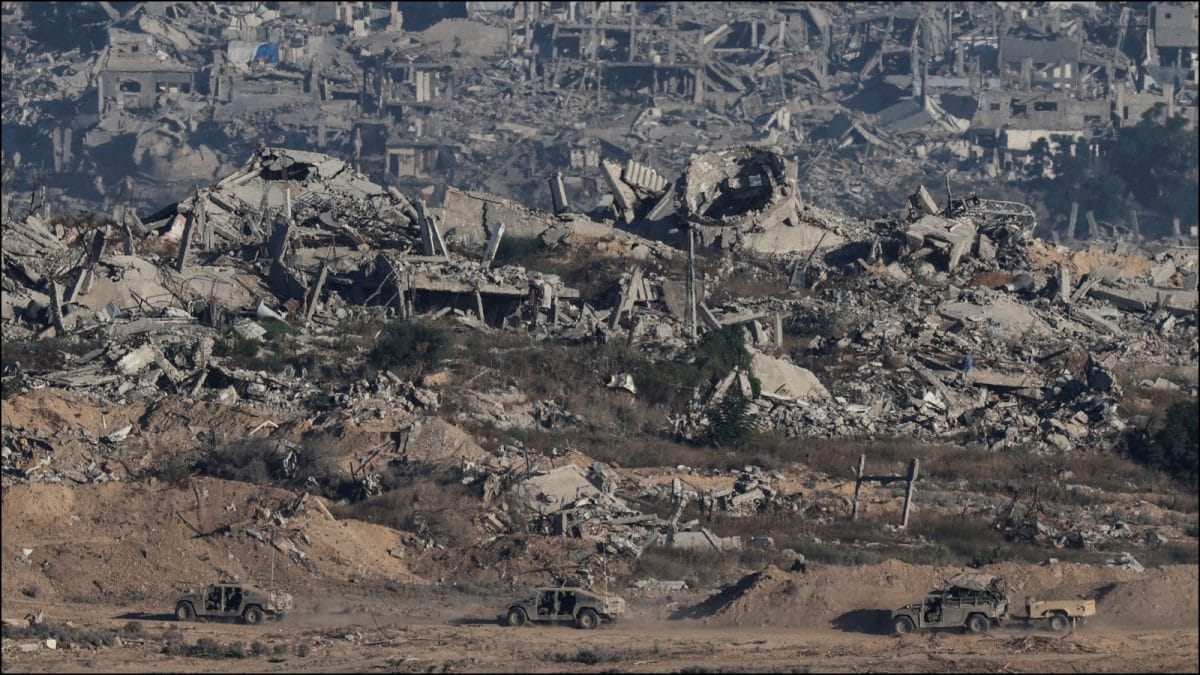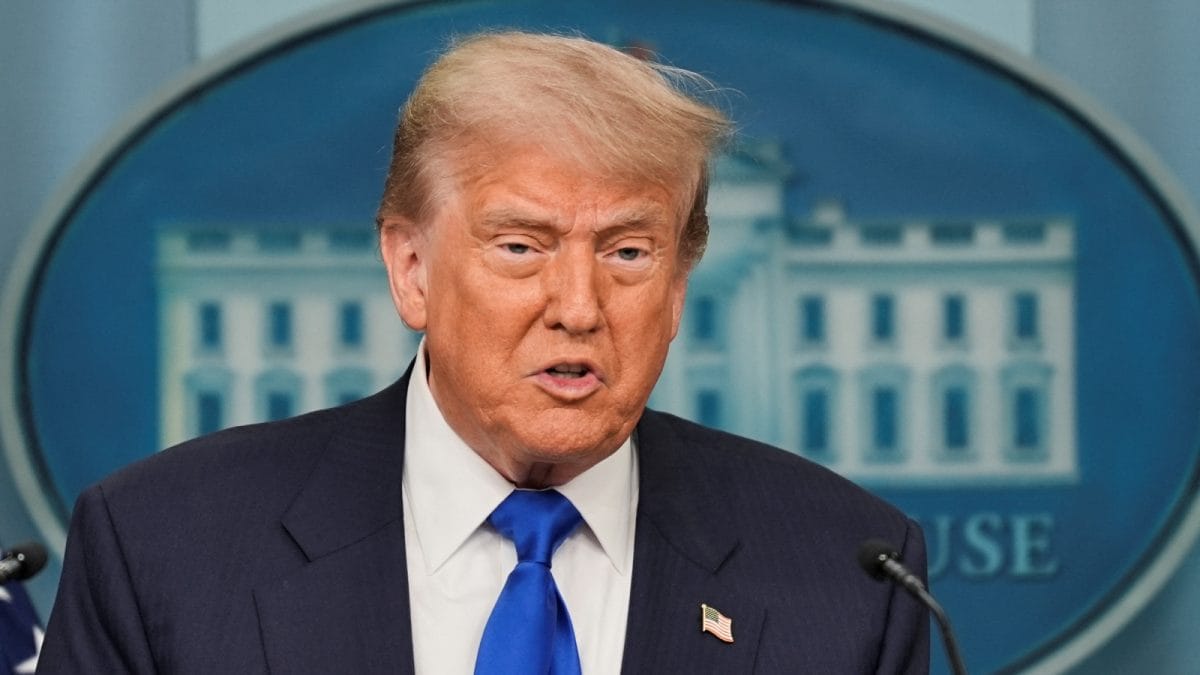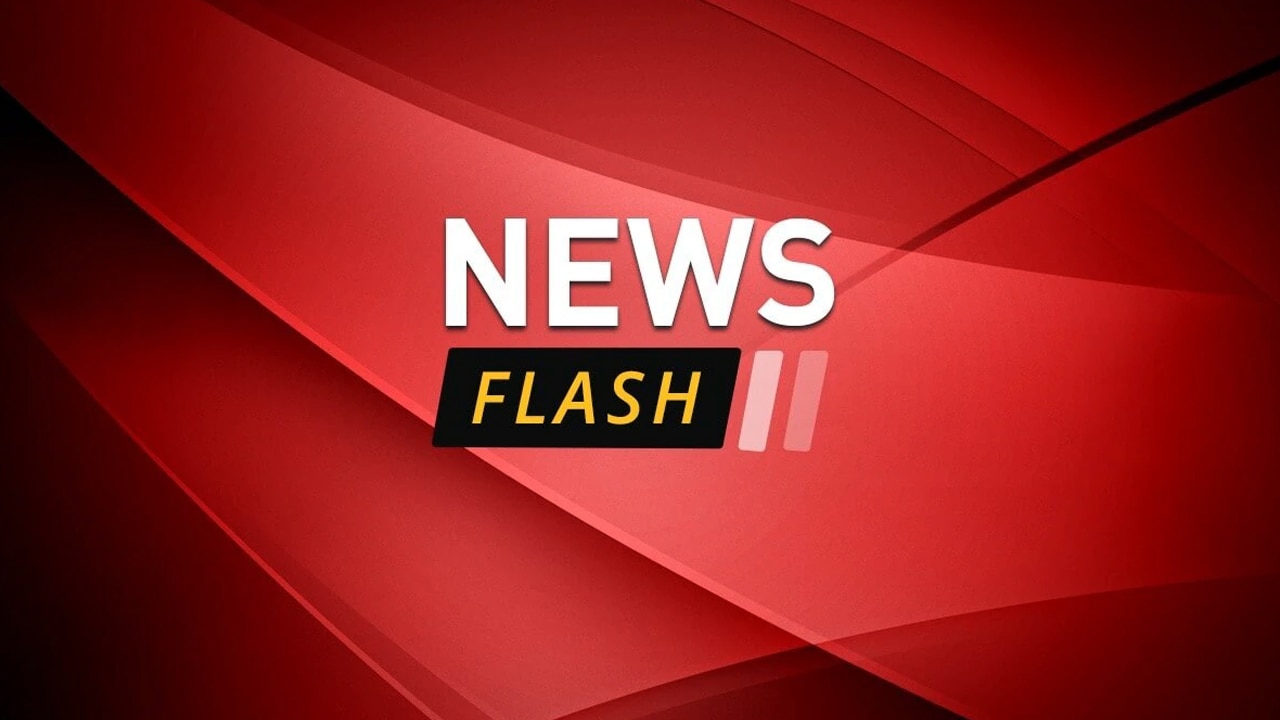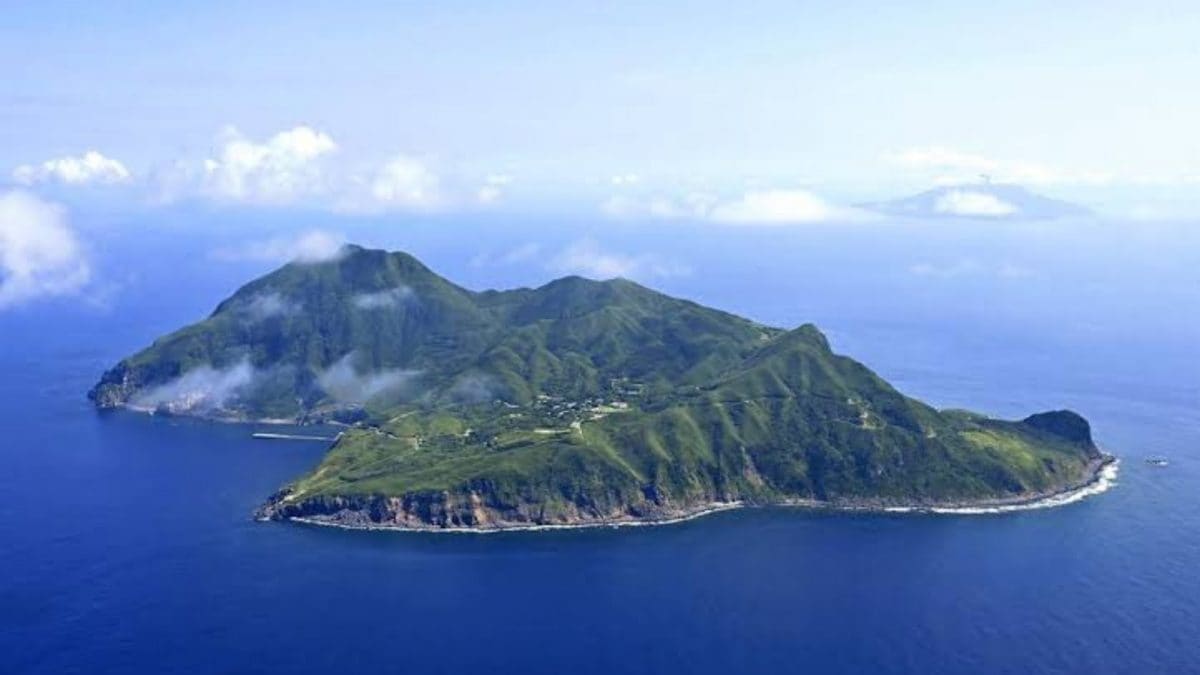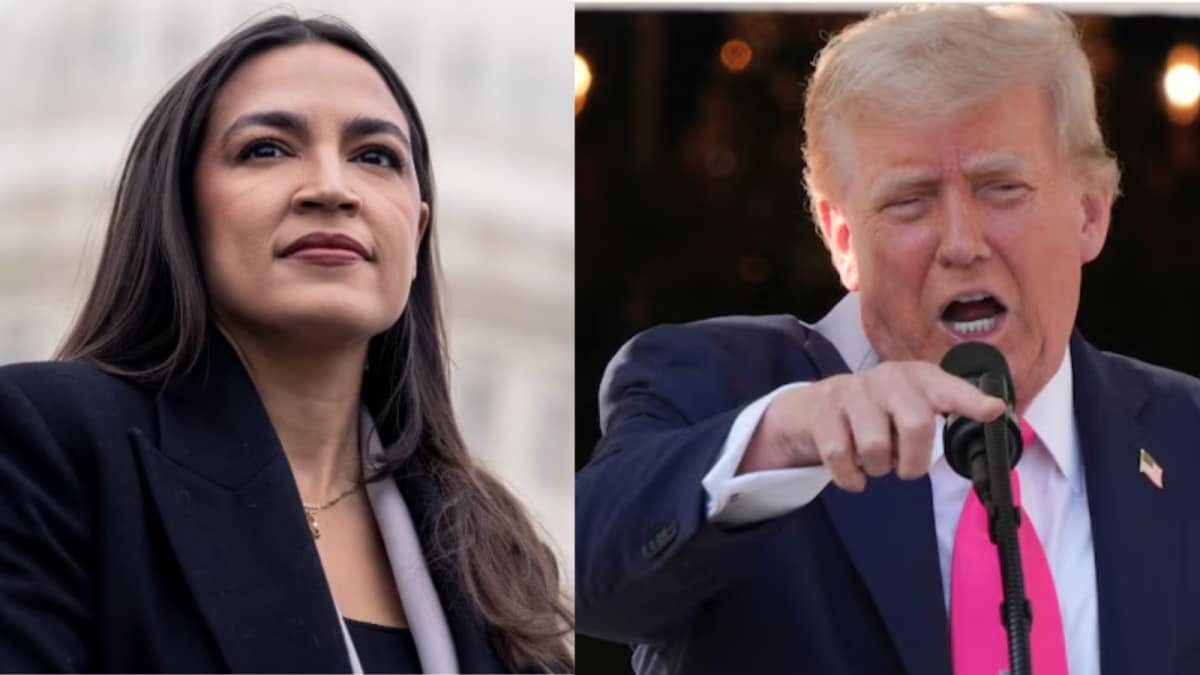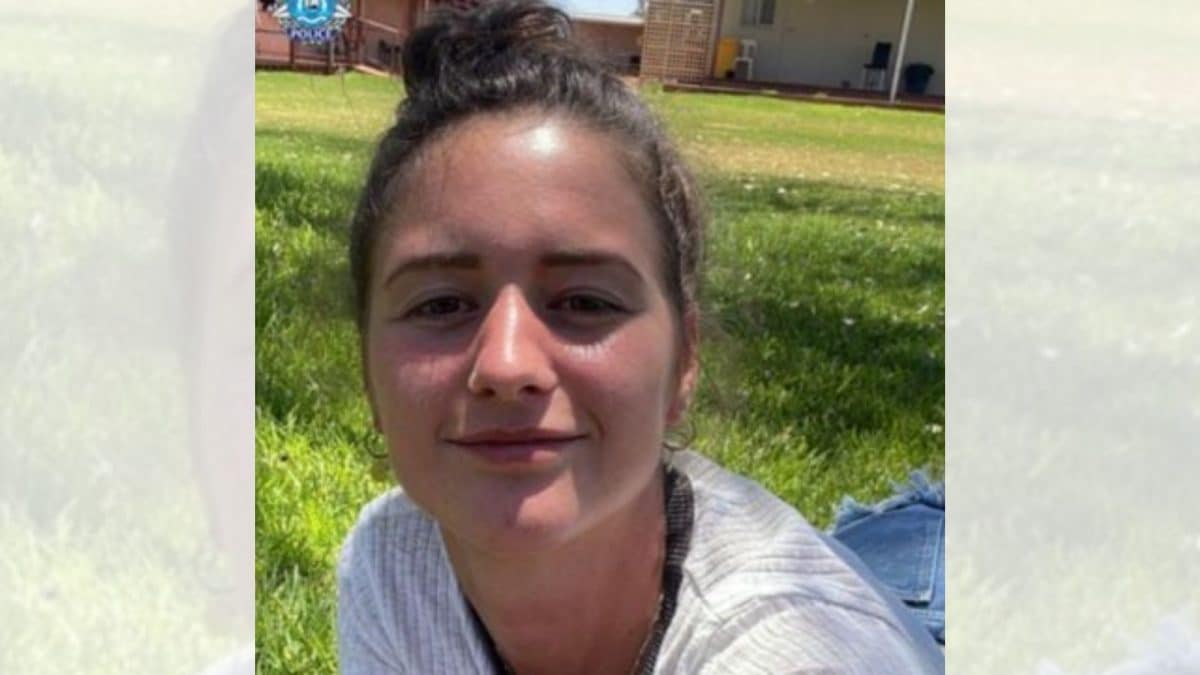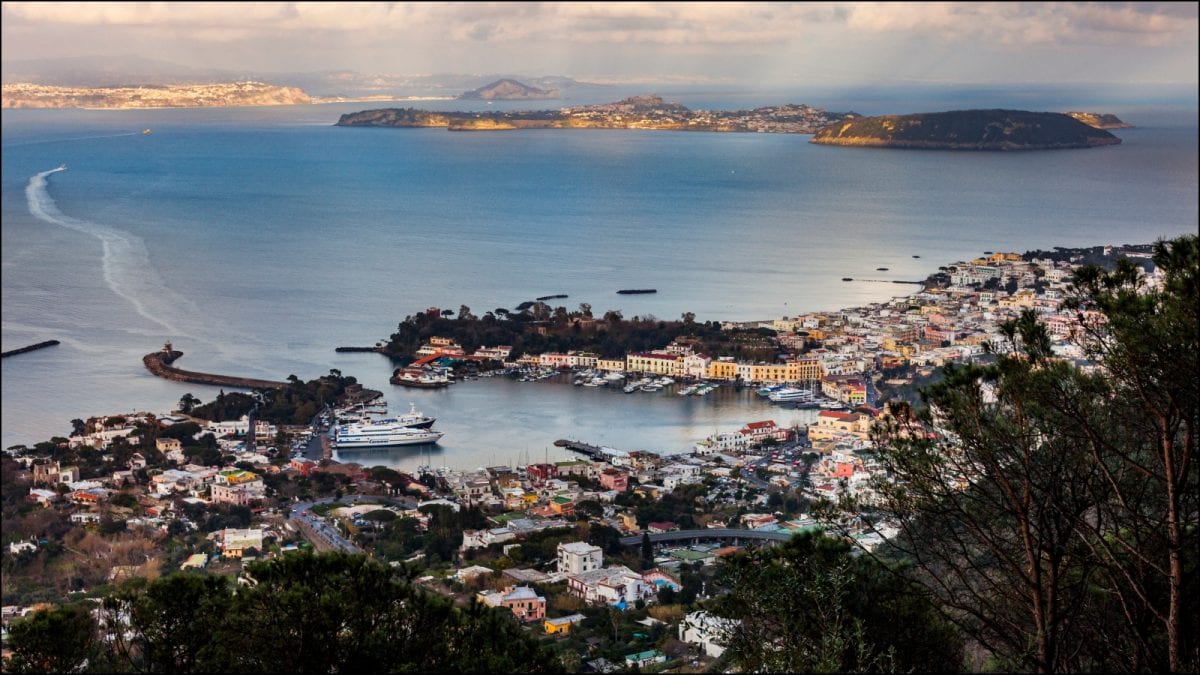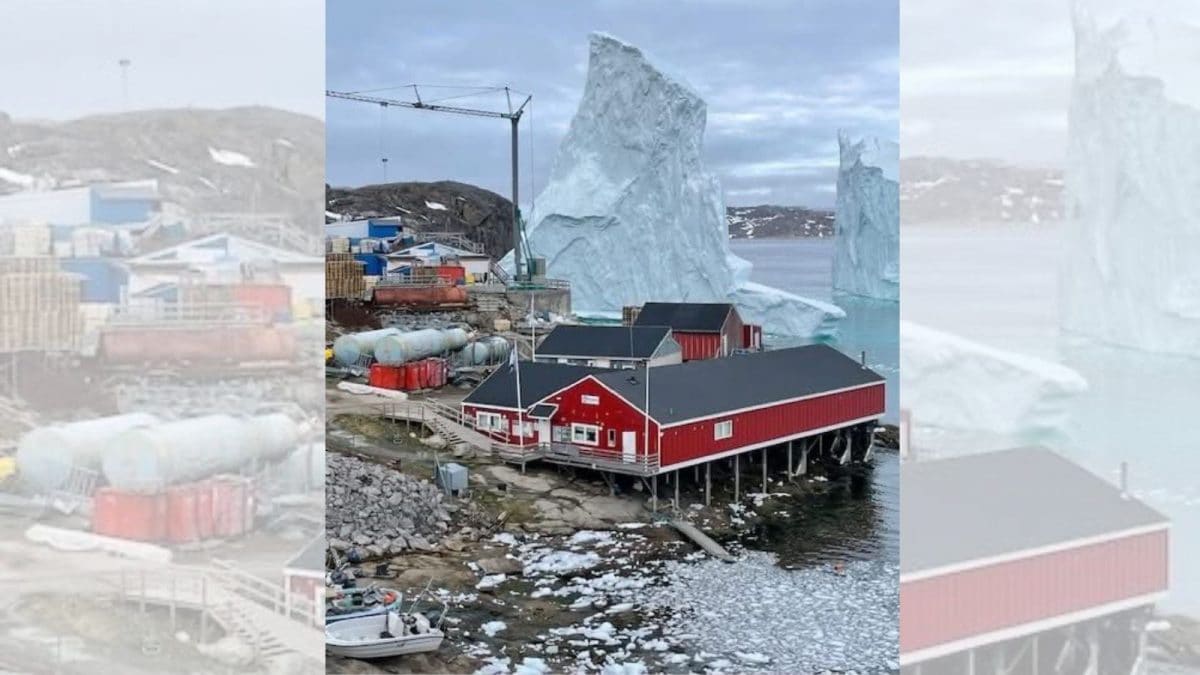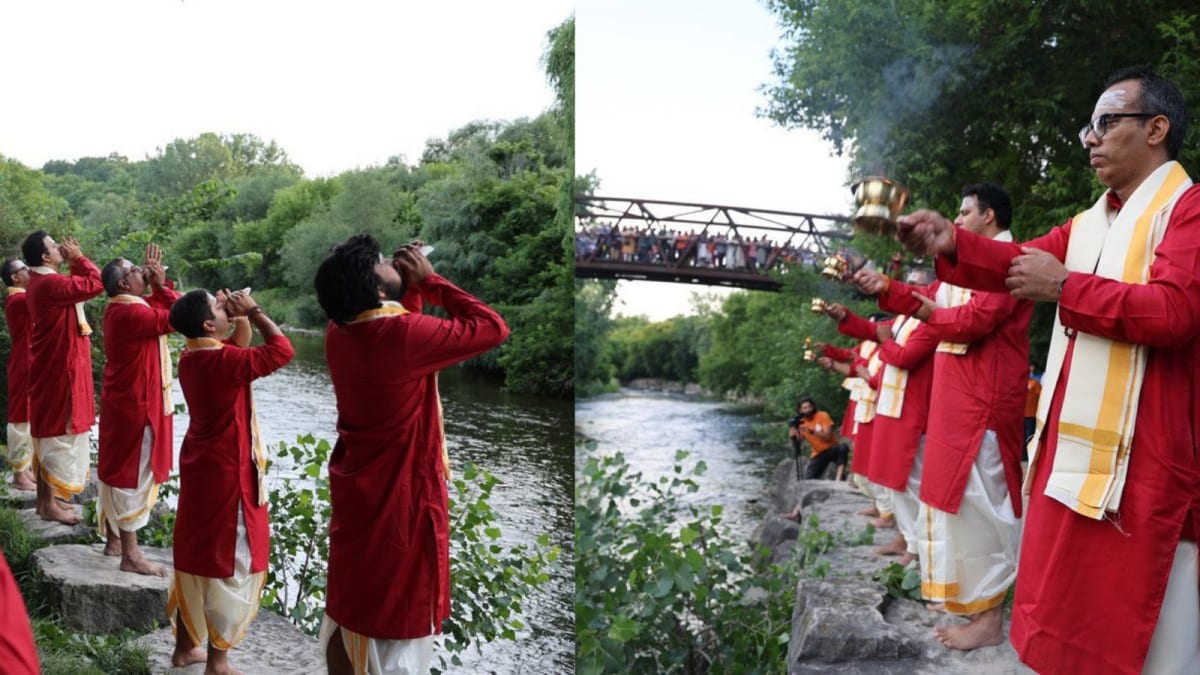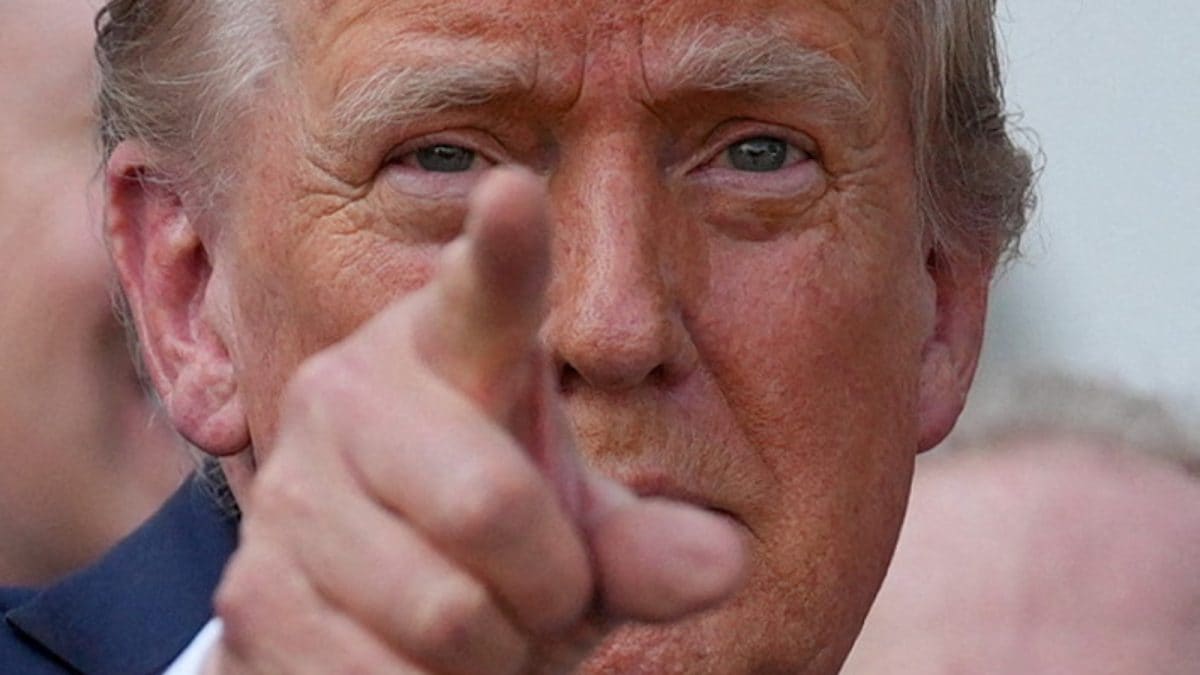Last Updated:July 12, 2025, 14:22 IST
The court found immigration agents were detaining people without warrants, relying on race, language, and job type, actions it said violated core US constitutional protections

US President Donald Trump. (Reuters Image)
A federal judge in the United States has issued a major blow to the Trump administration’s immigration crackdown by halting what the court described as indiscriminate stops and arrests across seven California counties, including Los Angeles. The temporary restraining orders were passed by US District Judge Maame Ewusi-Mensah Frimpong in response to a lawsuit accusing immigration agents of unlawfully targeting Latino communities.
According to filings, US immigration authorities detained people based solely on their appearance, language, or where they worked, without warrants, probable cause, or due legal process. The judge said there was a “mountain of evidence" that such unconstitutional practices were taking place.
Who Filed The Lawsuit And Why?
The case was filed last week by immigrant advocacy groups and five individuals—three undocumented workers and two US citizens. Among the citizens, one was reportedly detained despite presenting valid identification.
The American Civil Liberties Union (ACLU) of Southern California, which led the legal action, said the Trump administration’s tactics violated the Fourth and Fifth Amendments of the US Constitution, which protect against unlawful searches and guarantee access to due process.
What Did The Court Say About Immigration Arrests?
The judge found that immigration agents from the Department of Homeland Security (DHS) were conducting roving patrols and arrests without reasonable suspicion. These actions were not based on credible intelligence or surveillance but on superficial factors such as race, clothing, or worksite location.
In one case cited in the lawsuit, everyone at a car wash was detained except for two white workers. Another plaintiff, Brian Gavidia—a US citizen—was reportedly assaulted and detained while working at a tow yard in a Latino neighbourhood. The court said these patterns pointed to racial profiling.
Judge Frimpong noted during the hearing that DHS had failed to provide even a single report justifying why someone was targeted. “It’s hard for the court to believe you couldn’t find one case with a report of why someone was targeted," she said, calling out the absence of documentation.
What Exactly Has The Judge Ordered?
The ruling includes two temporary restraining orders:
The Trump administration cannot stop or detain individuals based solely on their race, language, location, or job type. This includes assumptions based on speaking Spanish or English with an accent, being at locations commonly associated with immigrant labour—such as car washes, tow yards, or construction sites, or wearing work clothes commonly associated with Latino labourers.The federal government must allow lawyers full access to detainees held at the Los Angeles immigration detention centre known as B-18. This includes permitting confidential phone calls and legal visits seven days a week.The orders apply to the US Central District of California, covering Los Angeles and six other counties in Southern California.
What Is B-18 And Why Is It Controversial?
“B-18" is a temporary holding facility in downtown Los Angeles operated by Immigration and Customs Enforcement (ICE). Advocacy groups alleged that detainees at the facility were not informed of their right to legal representation and that lawyers were often denied entry.
Mark Rosenbaum, a lawyer for the plaintiffs, testified that in one incident on June 7, attorneys tried to read detainees their rights through the windows of a bus, but government drivers honked horns to drown them out. Chemical agents “akin to tear gas" were reportedly used during that confrontation. He added that the facility lacked beds, adequate food, and medical facilities—conditions he described as “coercive," pushing detainees to sign deportation papers without speaking to a lawyer.
Although government attorneys claimed that access was only restricted during violent protests, Rosenbaum said lawyers were denied entry even on quiet days.
How Did The Trump Administration Respond?
The White House strongly objected to the ruling. Spokesperson Abigail Jackson said, “No federal judge has the authority to dictate immigration policy, that authority rests with Congress and the President. Enforcement operations require careful planning and execution; skills far beyond the purview (or) jurisdiction of any judge. We expect this gross overstep of judicial authority to be corrected on appeal."
The Department of Homeland Security also rejected the claims. Tricia McLaughlin, a DHS spokesperson, said the allegations of racial profiling were “disgusting and categorically FALSE," and added that “a district judge is undermining the will of the American people."
In court, government attorney Sean Skedzielewski argued that immigration officers relied on prior surveillance and intelligence, not race, and acted based on “targeted, individualised packages." He maintained that agents undergo training to comply with constitutional rights, including the Fourth Amendment protections against unlawful search and seizure.
What Has Been The Local Political Reaction?
California’s political leadership, including several Democratic officials, welcomed the court’s decision. Governor Gavin Newsom wrote on X (formerly Twitter), “California stands with the law and the Constitution — and I call on the Trump Administration to do the same."
Los Angeles Mayor Karen Bass called the judge’s decision “an important step toward restoring safety, security and defending the rights of all Angelenos."
What Happens Next?
The orders issued are temporary and will remain in effect as the case continues. The court has instructed the federal agencies involved, including DHS, the FBI, and the Department of Justice, to maintain detailed records of all arrests and share them with the plaintiffs’ legal teams. This will help determine whether patterns of unlawful enforcement continue.
A separate ruling from April had already barred US Customs and Border Protection from making warrantless arrests in eastern California. Together, these orders point to growing judicial resistance to broad-brush immigration enforcement measures.

Karishma Jain, Chief Sub Editor at News18.com, writes and edits opinion pieces on a variety of subjects, including Indian politics and policy, culture and the arts, technology and social change. Follow her @kar...Read More
Karishma Jain, Chief Sub Editor at News18.com, writes and edits opinion pieces on a variety of subjects, including Indian politics and policy, culture and the arts, technology and social change. Follow her @kar...
Read More
News world What Led A US Court To Halt Trump Administration’s Immigration Crackdown In California
Disclaimer: Comments reflect users’ views, not News18’s. Please keep discussions respectful and constructive. Abusive, defamatory, or illegal comments will be removed. News18 may disable any comment at its discretion. By posting, you agree to our Terms of Use and Privacy Policy.

 6 hours ago
6 hours ago


